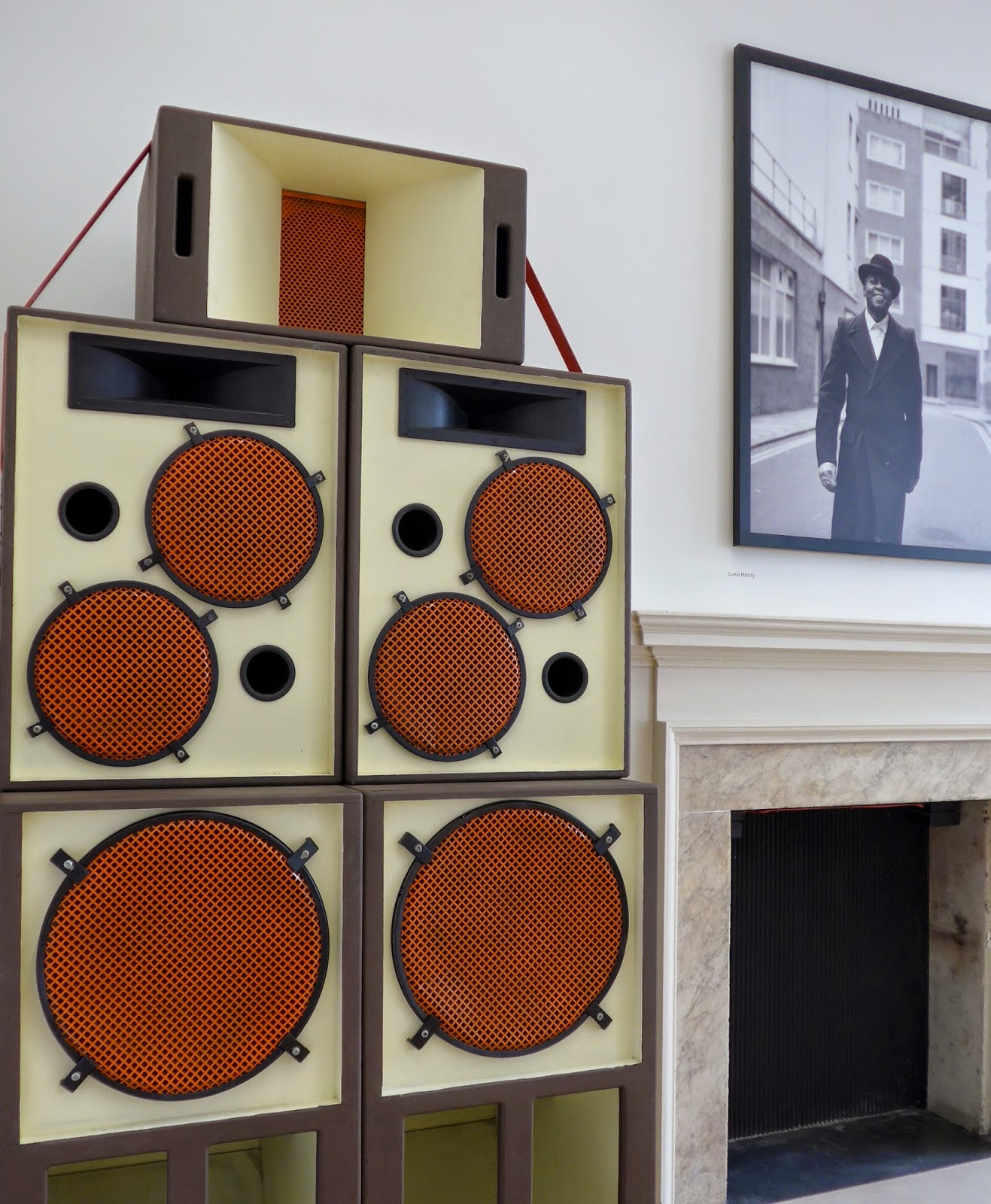Ever walked around an exhibition
working out which piece you would take home if you were allowed?
Well in Form Through Colour at Somerset House
those daydreams can become a reality.
Price on application.
Christopher Farr with over twenty-five years of experience in rug design
has created rugs, based on the paintings, prints and textile studies of Anni Albers,
Josef Albers and Gary Hume.
They are for sale.
Anni and Josef Albers worked at the Bauhaus, Germany, in the 1920s and 30s.
Along with Farr's contemporary rugs,
you can see plans, ideas and documents from their life and work.
Anni was very much influenced by textiles from Latin America.
She visited over fourteen times to learn fom,
"my great teachers, the weavers of ancient Peru".
Josef taught drawing and colour.
His colour course 'Interaction of Colour', exploring, learning and teaching about colour
was published and used world-wide.
It wasn't so long ago that most art books were published in black and white.
Christopher Farr has worked with Gary Hume to
create huge rugs based on his life-size paintings of hospital doors.
Like Anni and Josef Alber's work, these rugs explore colour and shape.
The shapes geometric, but his use of colour is more subtle.
Colour can be affected, not only by dye, but also by different rug making techniques.
There is weaving...
...and there is knotting.
These are knotted by hand!
You do wonder why all these rugs are on the walls.
But it does reflect the wishes of Anni, who made "pictoral weavings",
with no practical purpose.
Ah, a rug I could use.
Then there's the obligatory museum selfie.
This sort of took itself.
Standing in front of Hume's, Green Door, 1988,
we found ourselves framed by the gallery doors.
Subtle colour changes, non-geometric shapes.
Form Through Colour is on at Somerset House, East Wing, until 31st August 2014.
Details on their website, here.
Admission free.
Rugs, price on application.











































































